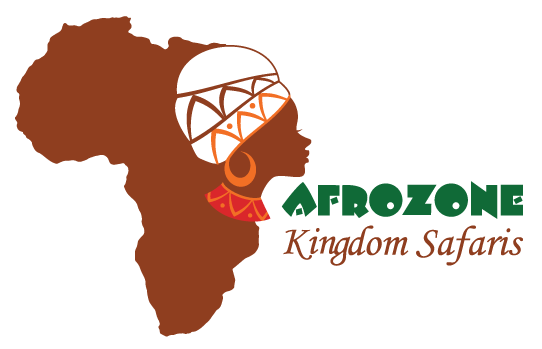The Gombe Stream National Park is an exciting whoop sound that erupts from deep inside the forest. Spectacularly increased immediately by numerous other related voices, rising in volume and flow in tempo and varied pitch to a frenetic squeal crescendo.
It is the well-known ‘pant-hoot’ kind of call. Importantly this is a bonding ritual that allows numerous participants to identify each other through their individual unique vocal stylizations.
To the listener, who is human walking through the thick ancient forests of Gombe Stream, this nerve-chilling outburst is also a sign of imminent visual contact with man’s closest genetic relative who is the chimpanzee.
Gombe is the smallest among all of Tanzania’s national parks. A brittle strip of chimpanzee habitat bestride the steep slopes and river valleys that edge the sandy northern shore of Tanganyika Lake.
Its chimpanzees–habituated concept to human visitors was predominantly made famous by the pioneering work of scientist Jane Goodall, who in 1960 founded a behavioural research program. Basically, that now remains the longest-running study of its own kind in the world.
The matriarch well known as Fifi is the last surviving member of the original community of chimpanzees. Uniquely was only three years old when Jane Goodall first set foot in Gombe and is still regularly seen by visitors today.
About 98% of Chimpanzee genes are shared with humans. Moreover, no scientific skills are required to differentiate between the individual performer of pants, hoots, and screams that identify the celebrities, the power -challengers, and the clearly supporting characters.
Perhaps you will see a sense of curiosity of understanding when you observe into a chimp’s eyes, and evaluate you in return – a look of apparent recognition may the case across the narrowest of species barriers between the two
In particular, the most visible mammals in Gombe are primates regardless of the other species of animal which can be seen along the area. A troop of beachcombers and olive baboons were under study since the 1960s, and are unequally habituated, while red-tailed and red colobus monkeys latter regularly hunted by chimps and decide to move and stick to the forest canopy where cannot easily be caught.
The park consists of 200-odd bird species that range from the prominent fish eagle to the jewel-like Peter’s twin spots that hop around biddably around the visitors’ centre area.
After twilight, a glowing night sky is complemented by the flashlight of hundreds of small wooden boats made locally, moving up and down on the lake like a rambling city.
